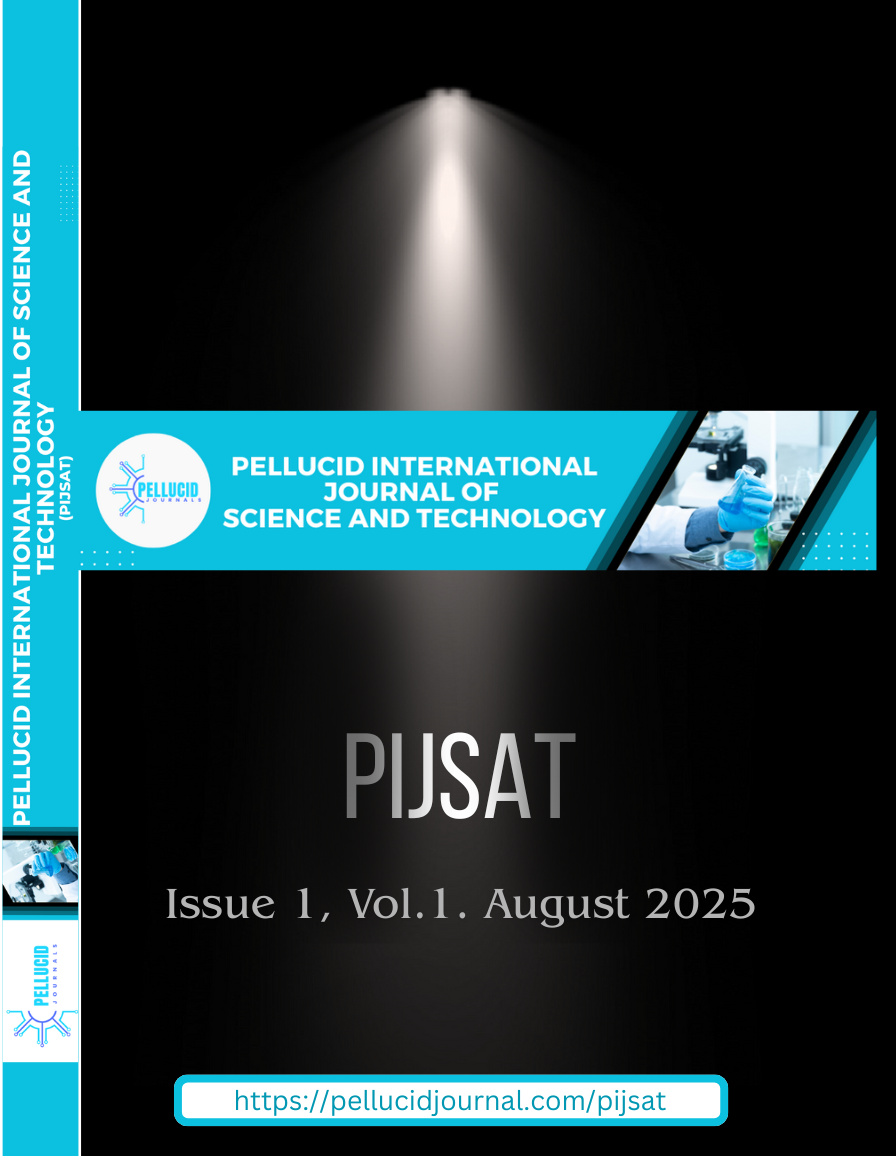Phytochemical Screening of Sida acuta and Xylopia aethiopica for Bioefficacy againstLepidopterous Stem-borers of Zea mays
Keywords:
Phytochemical Screening, Sida acuta, Xylopia aethiopica, Maize stem-borers, Zea maysAbstract
The bioefficacy of Sida acuta and Xylopia aethiopica were evaluated against the insect pests (lepidopterous stem-borer of maize). The study objective was to evaluate the bioactive compounds in the methanol extracts of S. acuta and X. aethiopica and their effectiveness against lepidoterous stem-borer of maize. The methanol extracts of S. acuta (Sa) and X. aethiopica (Xa) were analyzed for identification of phytochemical compounds by using Gas Chromatography-Mass Spectrometry (GC-MS). The result showed that alkaloids, saponins, flavonoids, glycosides, phenols, tannins, steriods and quinons compounds were found in both S. acuta and X. aethiopica. Quantitative analysis showed that 17 bioactive components present in S. acuta were dominated by 9-Octadecenoic acid (66.23%), Z-17-Nonadecen-1-ol acetate (12.3%) and Spiro[2.3]hexan-4-one (7.54%). Xylopia aethiopica revealed 29 bioactive compounds and 2-Ethylacridine (22.34%), Cyclotrisiloxane, hexamethyl-Brallobarbital (22.23%), and 4-(4-Hydroxyphenyl)-4-methyl-2-pen (16.76%) were dominant. Eight plots of maize farms, each measuring 100fts by 50fts were used. Four plots were cultivated during the early season (6th April, 2024) while the remaining four plots were cultivated during the late season (15th August, 2024). Among the treatment plots, the highest and lowest yields of maize were respectively recorded in the mixture of Sa and Xa -MSaXa (34.49 kg) and X. aethiopica (31.97 kg). Also in both planting periods, MSaXa drastically reduced the number of maize stem borer more than the other treatment formulations. It is concluded that biopesticide from these two botanicals could be utilized for their efficacy against various pests of maize. It is recommended that more research be directed for assessment of more active compounds that could act as potential biopesticide.






